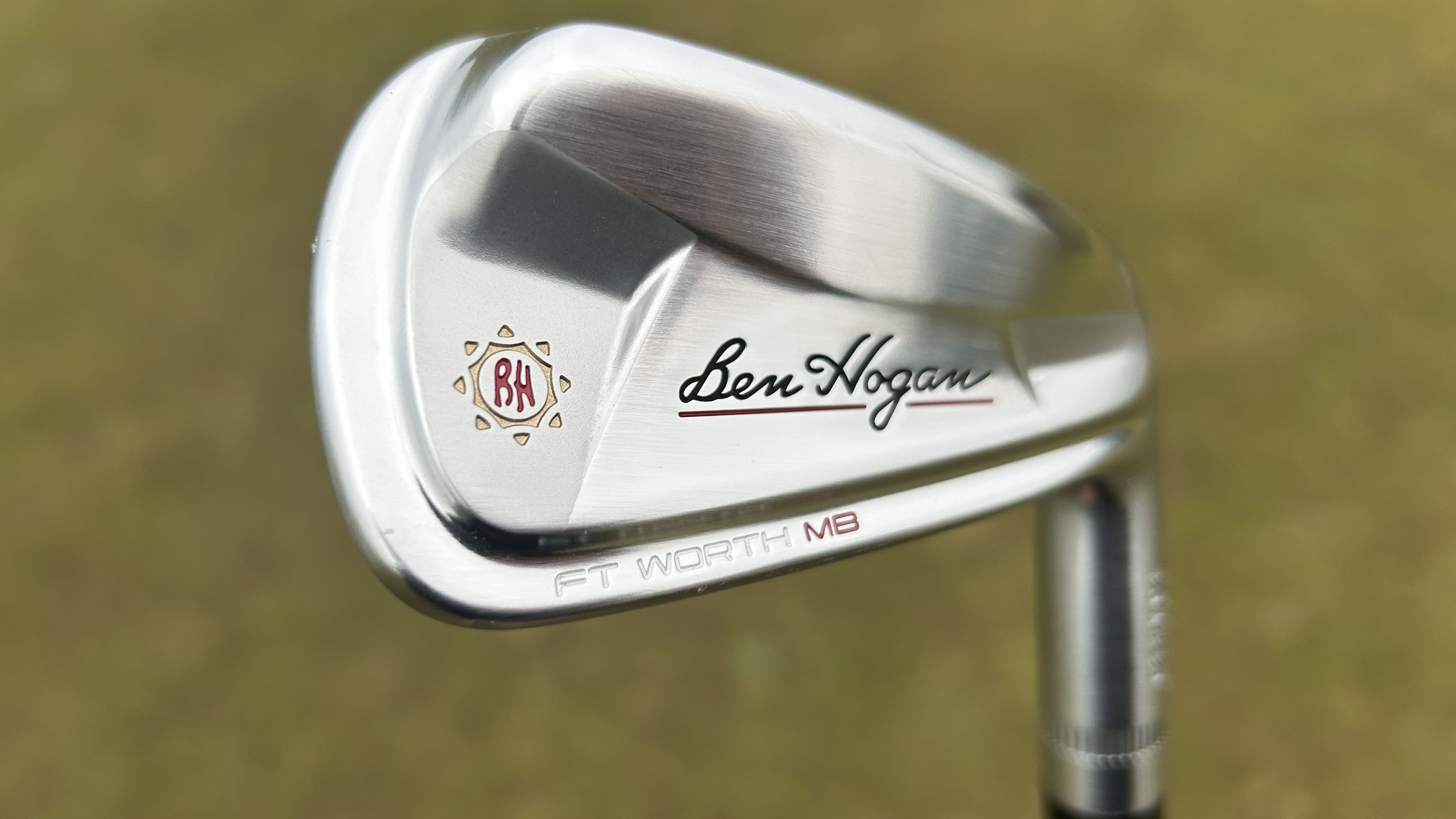Irons
Read up on reviews and ratings for golfing irons from all the biggest names in golf. Find the perfect irons with the experts at Golf Monthly.
Following a number of advancements, the latest Golf Irons offer longer distances through the entire bag, but without the need to sacrifice any forgiveness
Buyer’s Guide Head design Match the head shape to your ball-striking ability. Bigger cavities are forgiving and tend the launch the ball higher (but also tend to have stronger lofts), while compact heads are more workable with less of a focus on distance alone. Get custom fitted There's no industry standard for things like loft and lie, so while one manufacturer's off-the-rack standard spec may be perfect for your swing, another's will not. Make sure you hit some shots on a lie board using sole and impact tape under the supervision of a PGA Pro to ensure your set matches your swing, rather than trying to change your swing to suit your new irons! Offset Offset is the distance between the leading edge and the front of the hosel. Lrger, game improvement irons tend to have more offset as it encourages the golfer to position the hands more forward at address and also gives the clubface a little extra time to rotate around to square at impact, helping those that slice the ball. Forged or cast? The majority of irons on the market are cast and they tend to be larger in size and offer more distance as well as a firmer feel. Forged irons offer a softer feel and greater consistency. They also tend to be more expensive as they are more labour intensive to produce. Steel or graphite? The main difference between steel and graphite shafts is the weight. Graphite shafts are lighter, which can help golfers swing the club faster, but are more expensive and can be less durable than their steel counterparts.
Latest
-
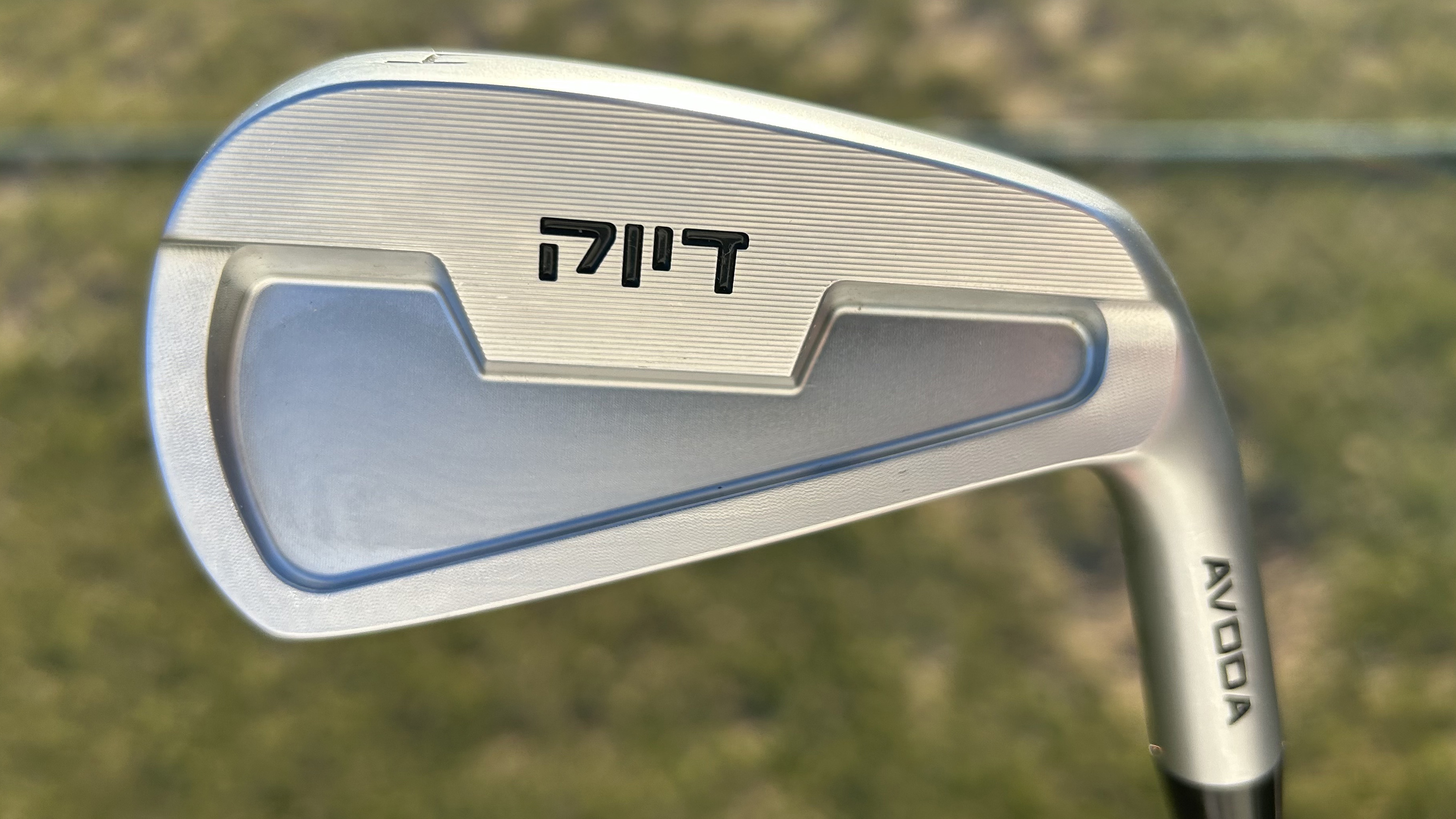
Avoda Origin Same Length Irons Review
Joe Ferguson looks at the first commercially available iron from innovative brand Avoda Golf
By Joe Ferguson Published
-
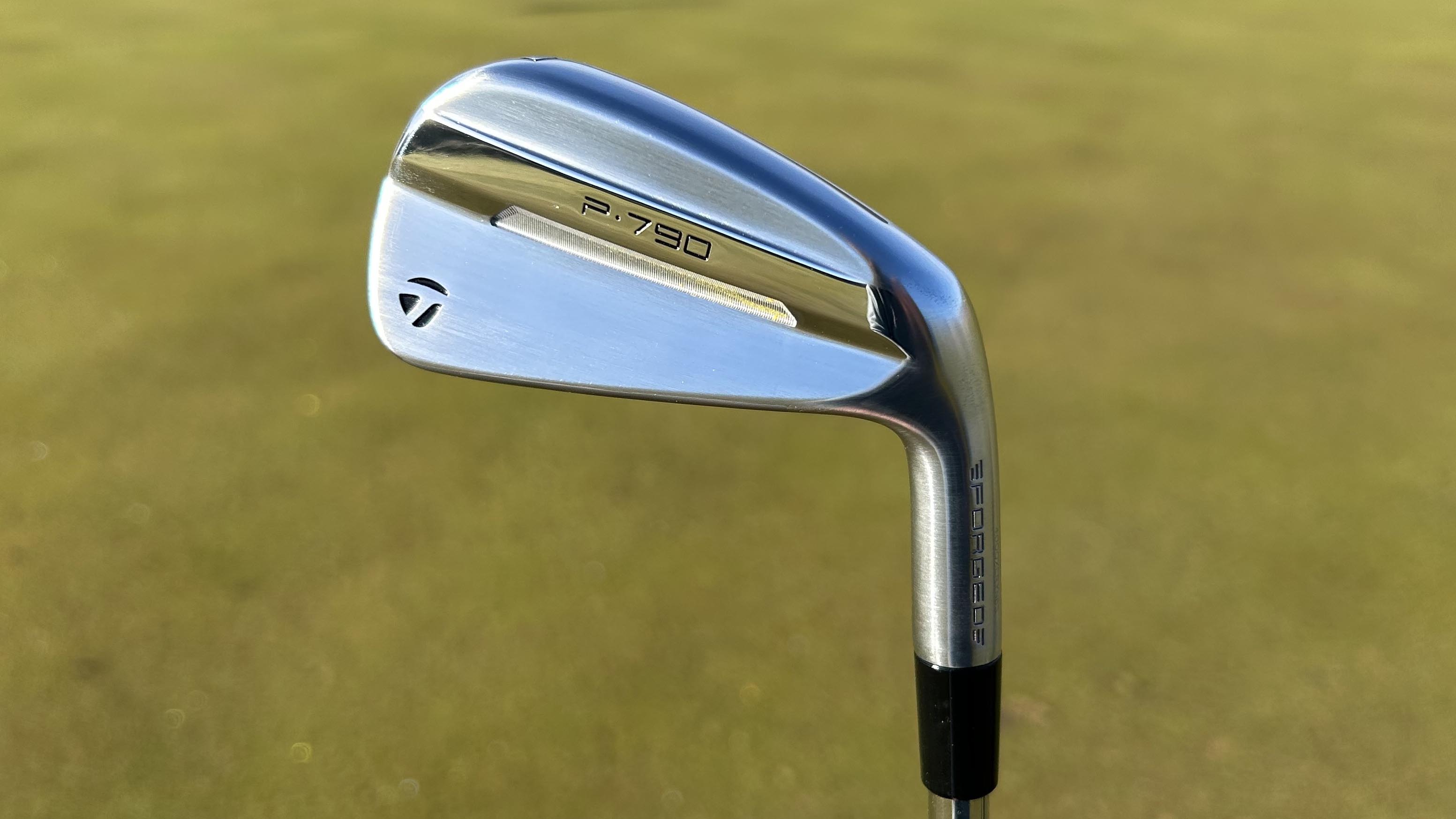
TaylorMade 2025 P790 Iron Review
Iron tester Joe Ferguson has been spending some time with the latest iteration of one of TaylorMade’s most popular models, the P790
By Joe Ferguson Published
-
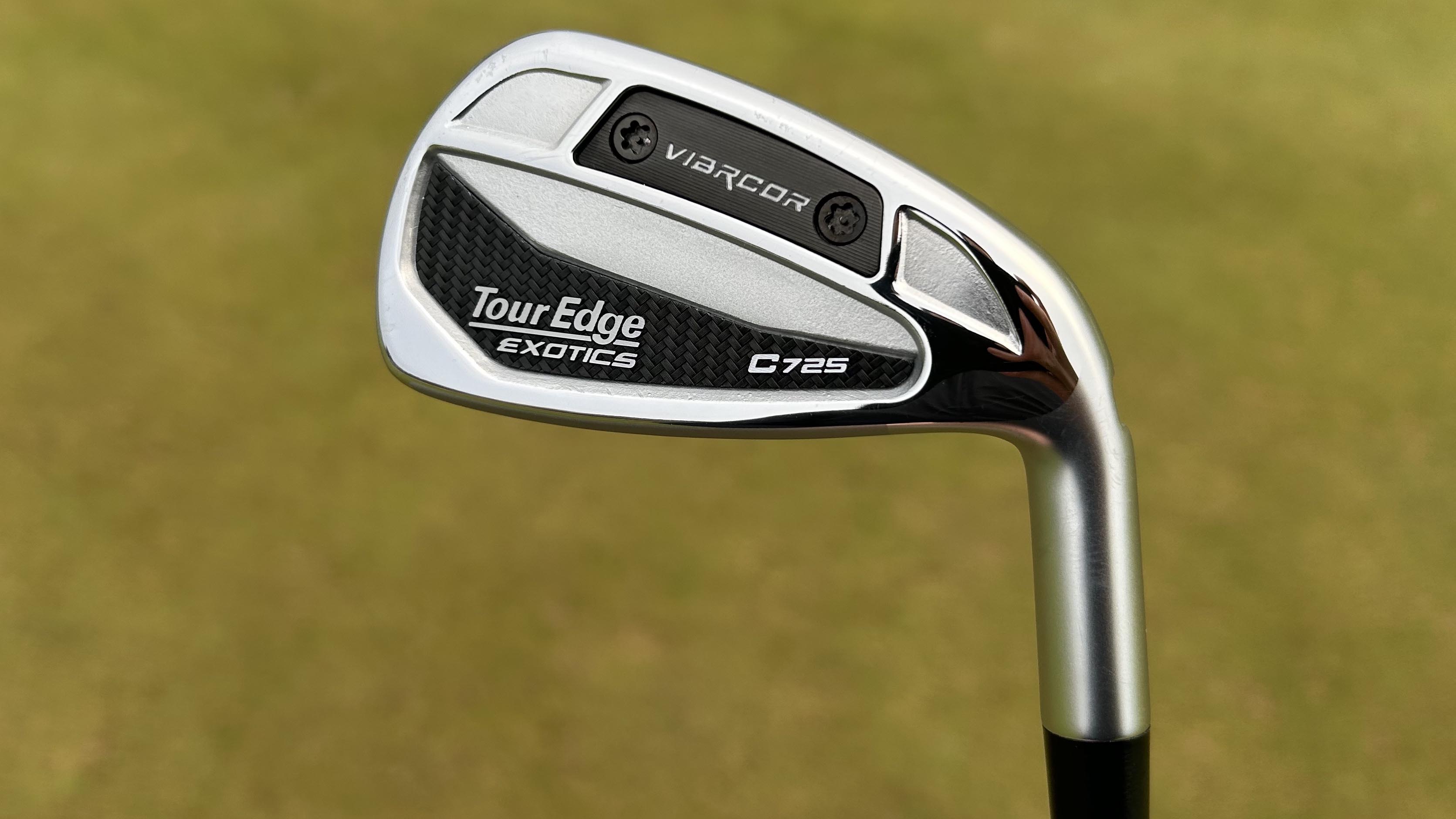
Tour Edge Exotics C725 Iron Review
Joe Ferguson has been testing out the latest ‘players distance’ iron from Tour Edge Golf to assess how broad the appeal will be to amateur golfers
By Joe Ferguson Published
-
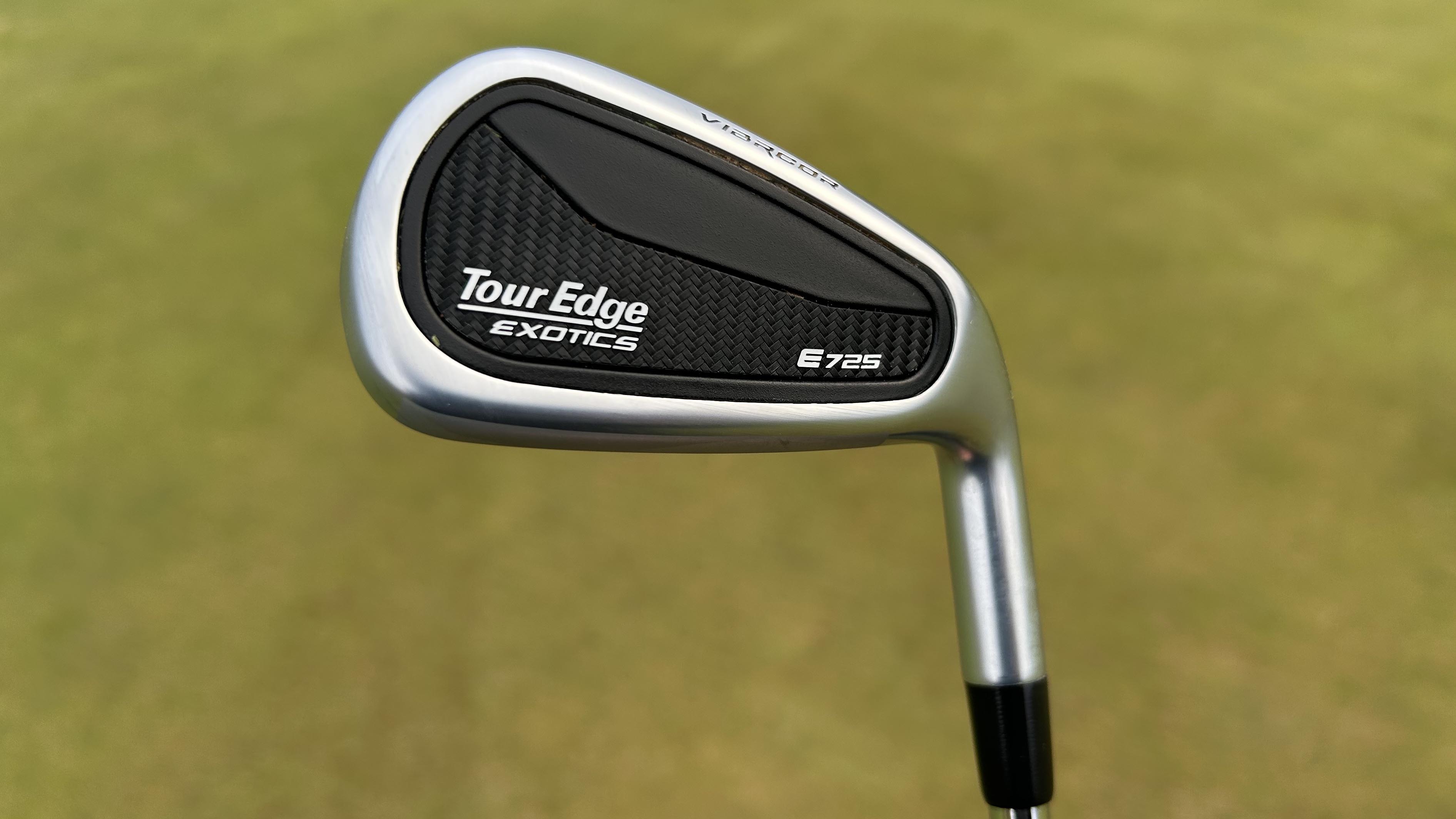
Tour Edge Exotics E725 Iron Review
Irons tester Joe Ferguson gets his hands on this game improvement offering from Tour Edge to see which golfers would benefit from the performance
By Joe Ferguson Published
-

Tour Edge Exotics X725 Iron Review
We take a closer look at a ‘super game-improvement’ iron from Tour Edge Golf to see if it can compete with some of the best on the market…
By Joe Ferguson Published
-
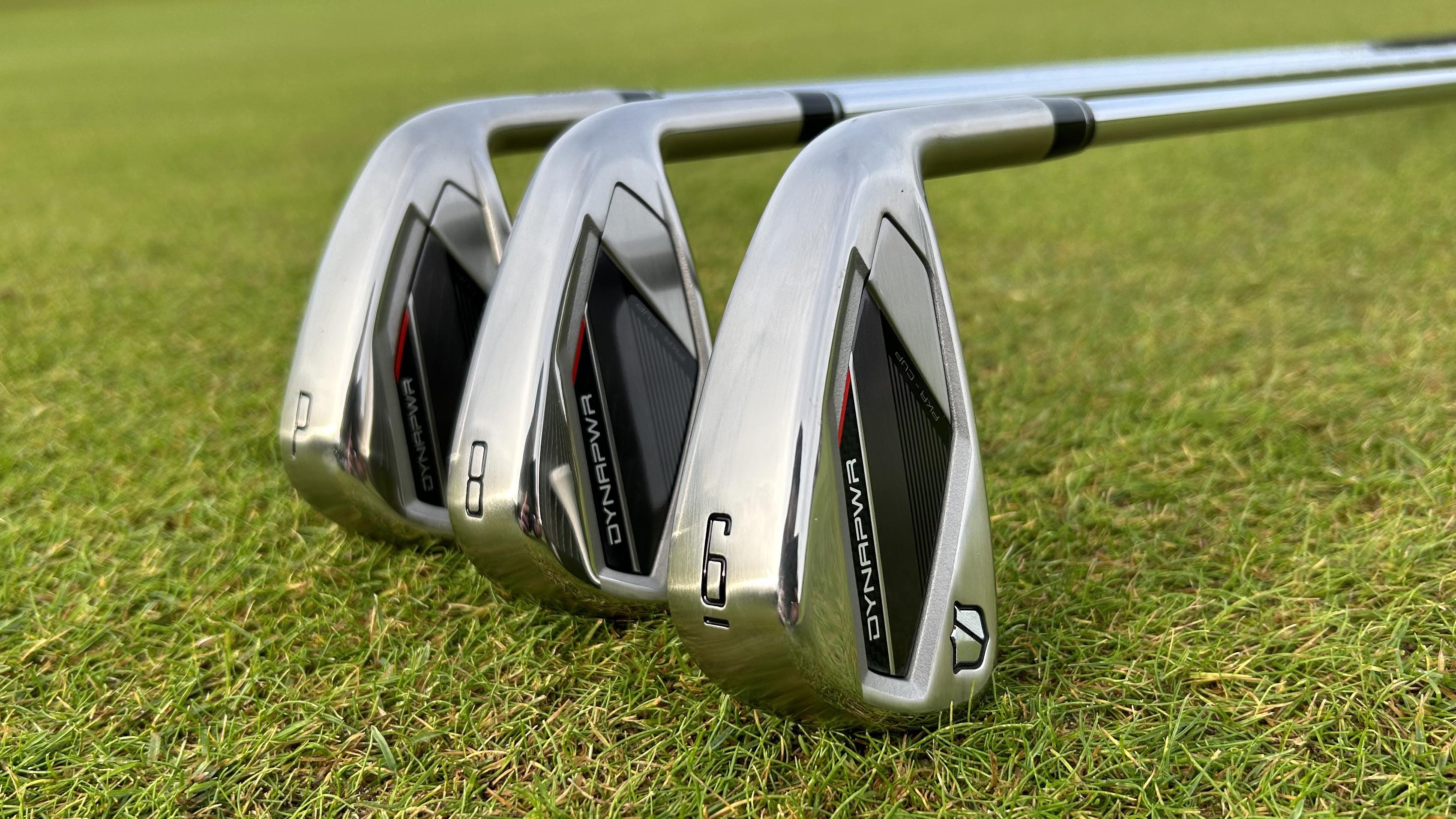
Wilson 2025 Dynapwr Irons Review
Irons tester Joe Ferguson gets to grips with the latest iteration of Wilson’s Dynapwr iron franchise to see what golfers can expect…
By Joe Ferguson Published
-
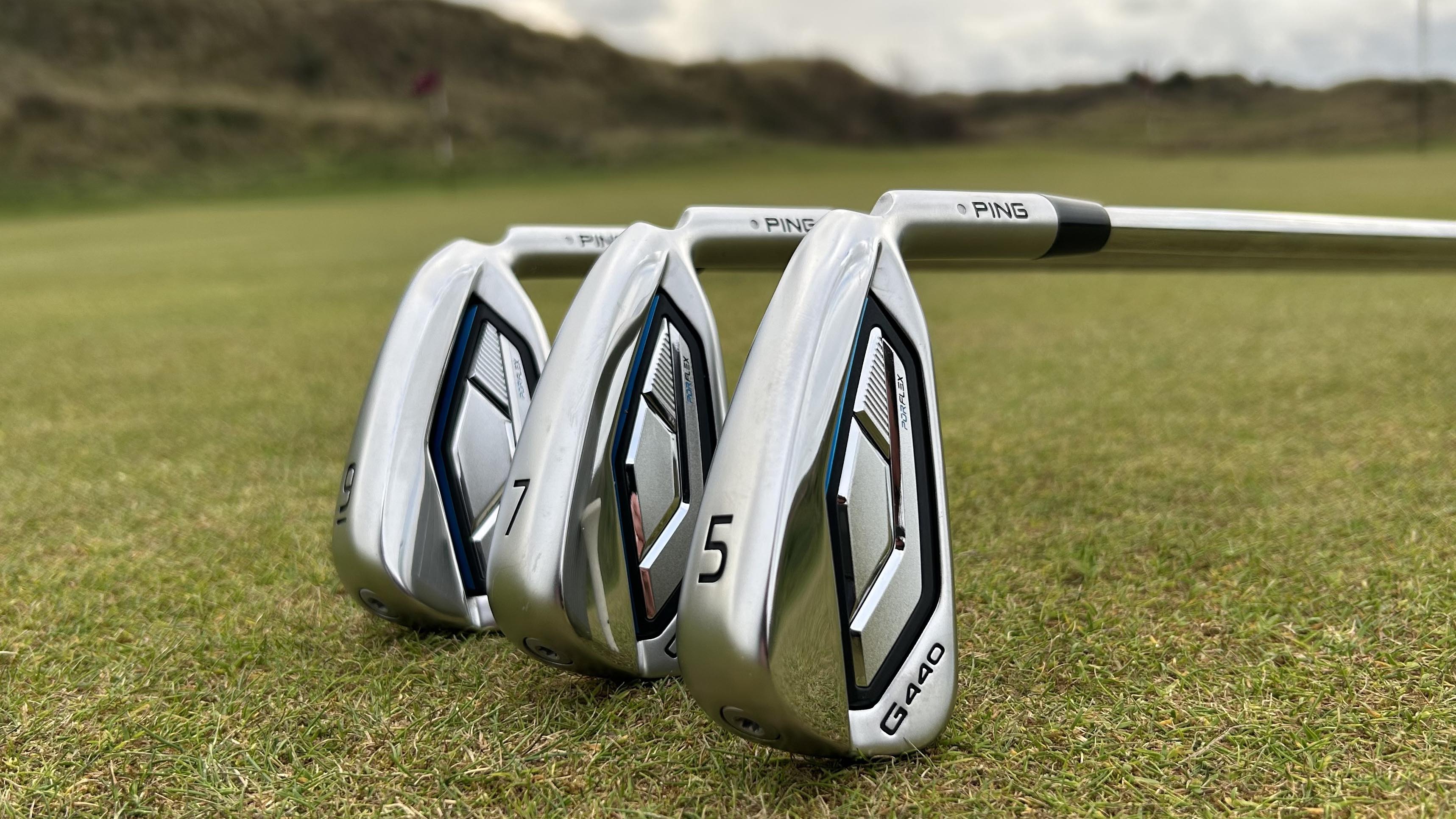
Ping G440 Iron Review
Irons tester Joe Ferguson takes a look at the Ping G440 irons to see how the performance has evolved from the impressive G430 iron…
By Joe Ferguson Published
-
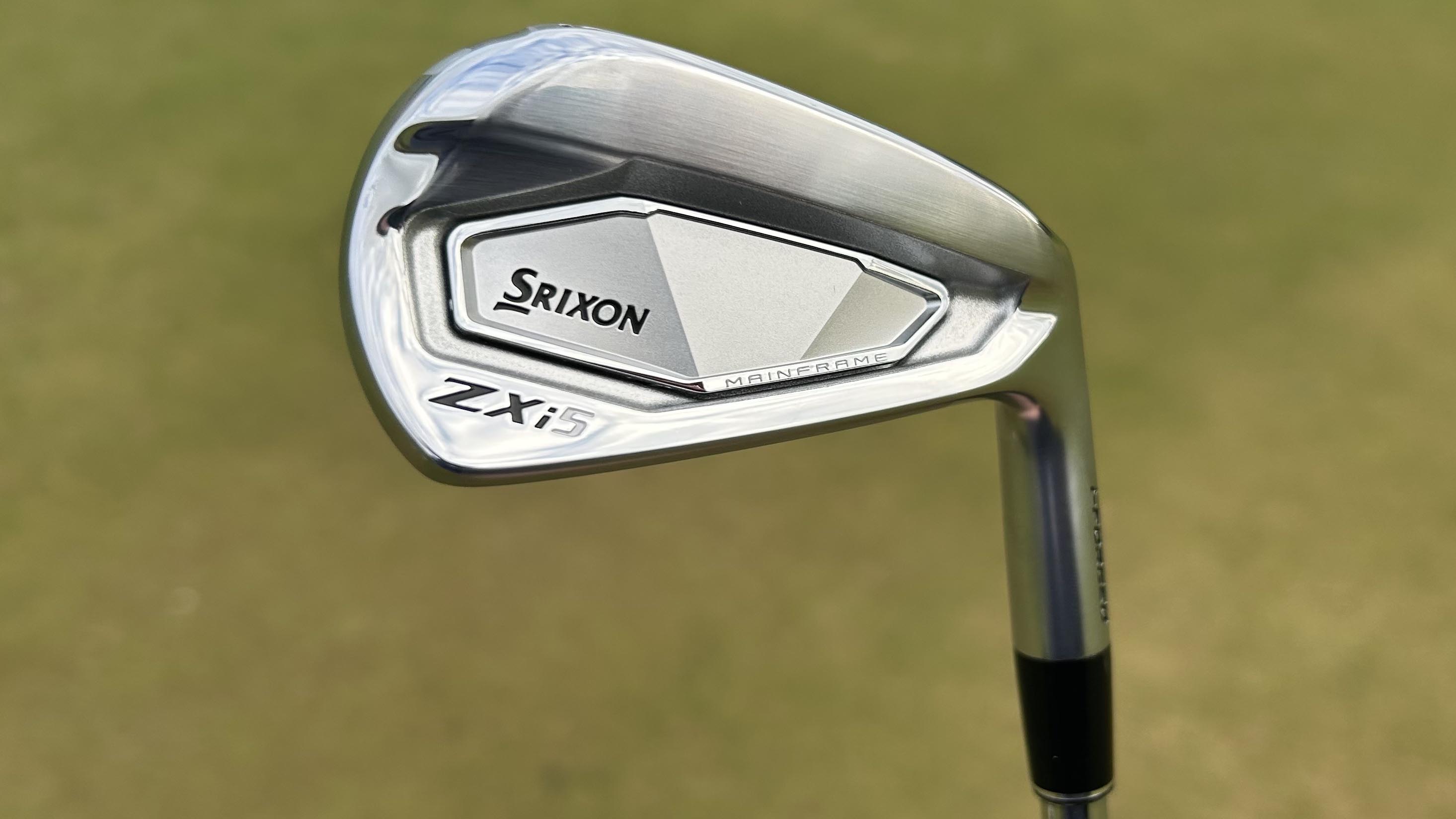
Srixon ZXi5 Iron Review
Joe Ferguson takes the new Srixon ZXi5 iron out on the course to put it through its paces and see what golfers can expect
By Joe Ferguson Published
-
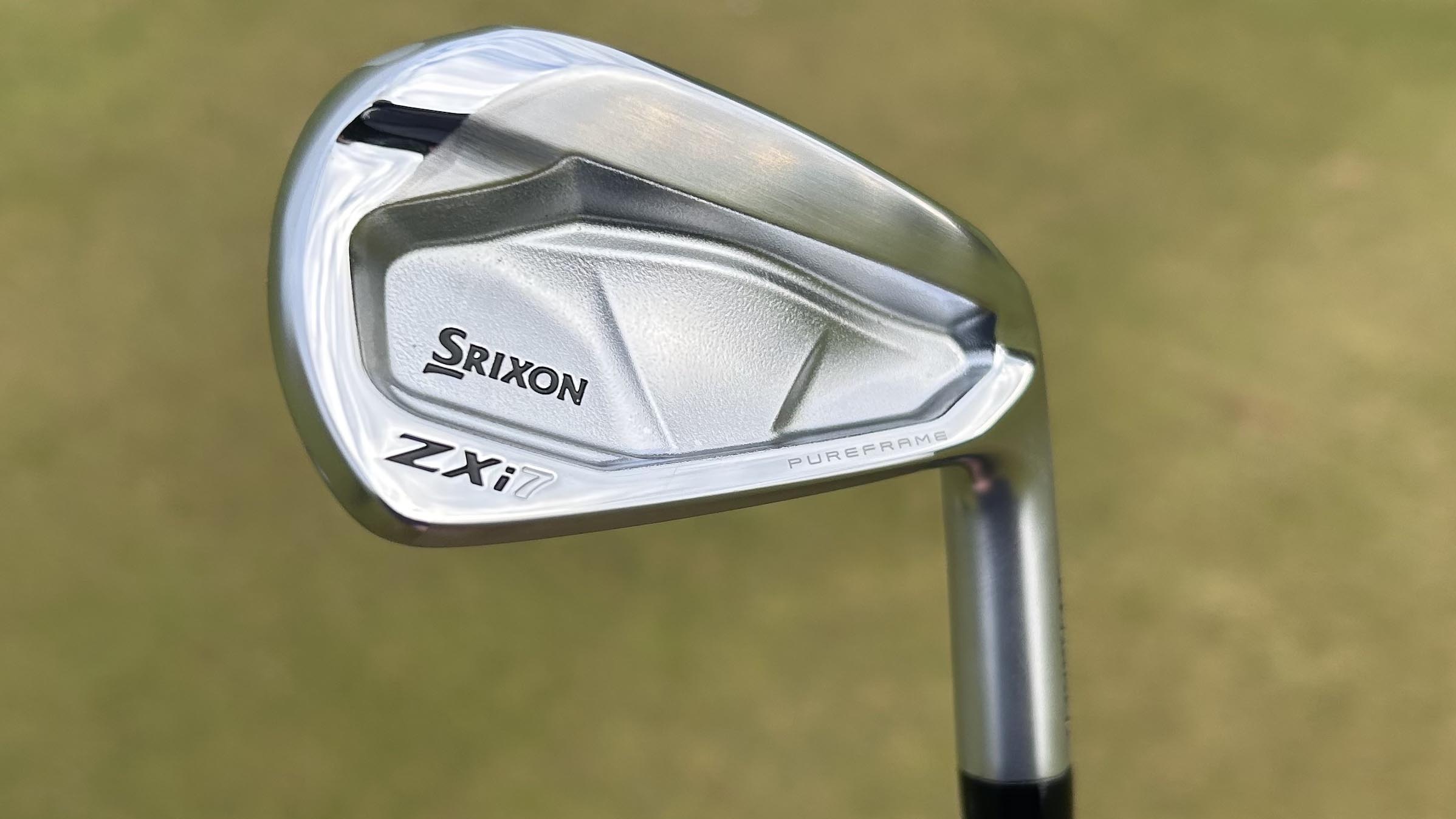
Srixon ZXi7 Iron Review
Irons expert Joe Ferguson has been testing out the ZXi7 irons from Srixon to see what performance is on offer and who they might suit
By Joe Ferguson Published
